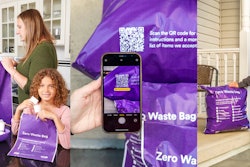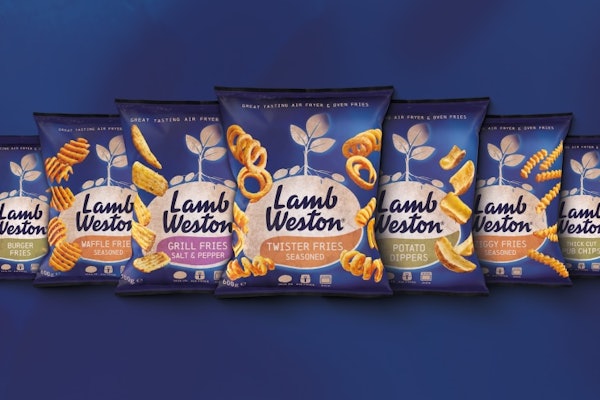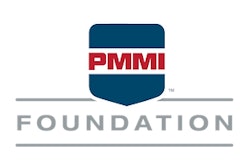
Of all the various terminology packagers can use when making environment-related claims in labeling or advertising, perhaps the most slippery is “sustainable.” It’s used more and more by marketers, and I don’t think too many marketers are using the term falsely or misleadingly. The problem is that the term’s meaning is still not clearly or consistently understood by consumers.
This does not mean any company that claims its package or product is somehow “sustainable” is making a false or misleading statement. It just means the claim probably requires some explanation so consumers know exactly what the company means.
Way back in 2012, the Federal Trade Commission (FTC) specifically refrained from issuing guidance for how to use the term “sustainable” in claims. Back then it was mulling how to update its Green Guides (formally, Guides for the Use of Environmental Marketing Claims), which are its standards for substantiating claims of environmental benefits on package labels and elsewhere. It thought, based on evidence of consumer perceptions, that “the claim has no single meaning to a significant number of consumers,” and to some it conveys non-environmental characteristics, like the product is durable.
Now, the FTC’s Green Guides are getting another look, and the agency is asking for input again on what to do about “sustainable.” The Green Guides refresh is overdue: The last update to the Guides was that one in 2012.
The Green Guides were first established in 1992, and are the FTC’s attempt to help companies avoid misleading consumers when touting the environmental attributes of their packages or products. The Guides cover claims of general environmental benefit of a package or product, or that it’s recyclable, contains recycled content, or is refillable, degradable, compostable, free-of something, source-reduced, non-toxic and ozone-friendly or safe, or was made with renewable energy or materials, or was balanced by carbon offsets, or when claiming compliance with certifications or seals of approval.
Companies need to have sufficient substantiation, that is, proof, for whatever environmental claims they choose to make. FTC says that “For each claim covered, the Guides: (1) explain how reasonable consumers likely interpret it; (2) describe the basic elements necessary to substantiate it; and (3) present options for qualifications to avoid deception.” By “qualifications” they mean caveats or explanatory text that you would add to your claim to make it clearer.
So, on December 20 of last year, FTC published an invitation for new public comments, and listed 19 general topics and 12 specific ones on which they’d like to hear from you. The general topics include: The need for the Guides; their benefits to business, especially small ones; modifications needed; impact the Guides have had on the information conveyed and costs; evidence of consumer perception of and interest in environmental claims, and of the levels of industry compliance; whether there are claims covered by the Guides for which guidance isn’t needed anymore; and what claims that aren’t covered should be. They also want to hear about perceptions that the Guides overlap or conflict with other laws, regulations, or standards.
























